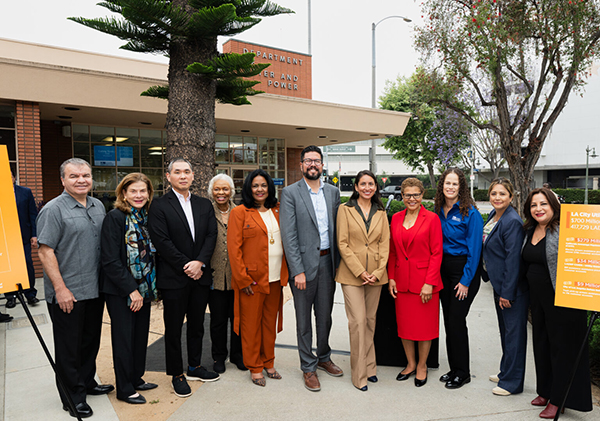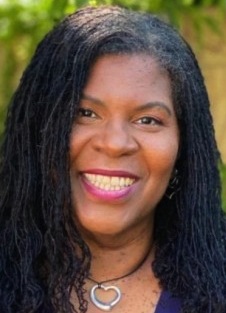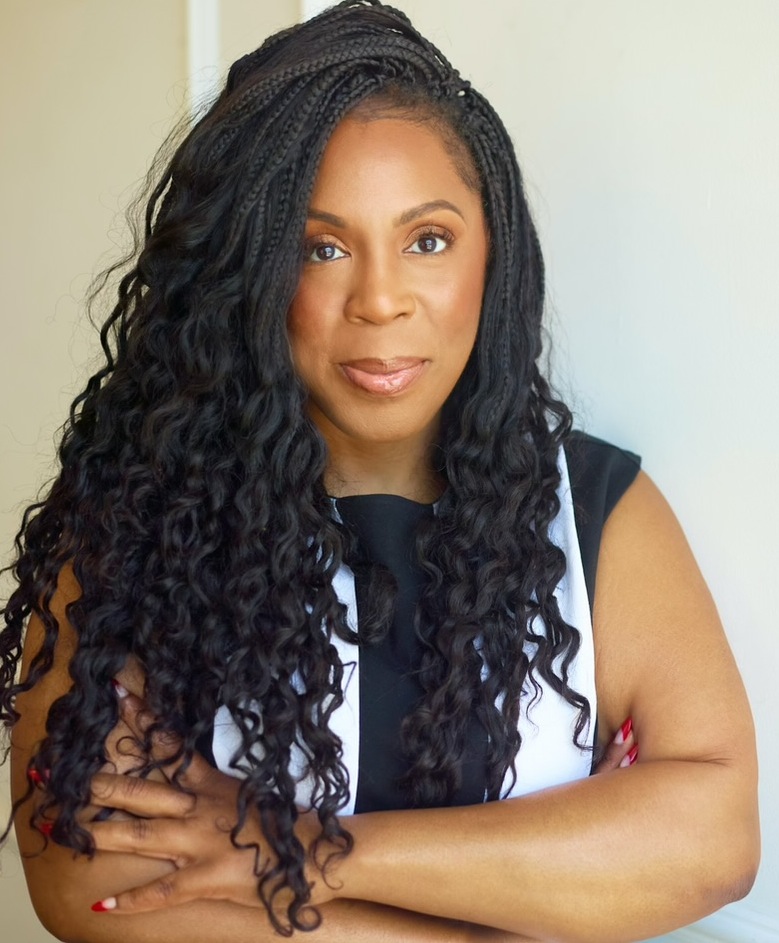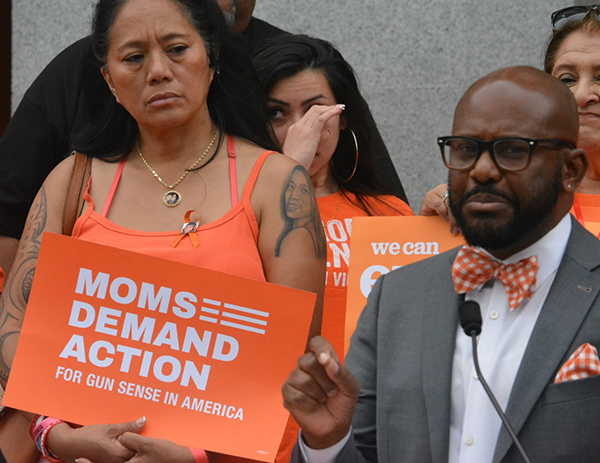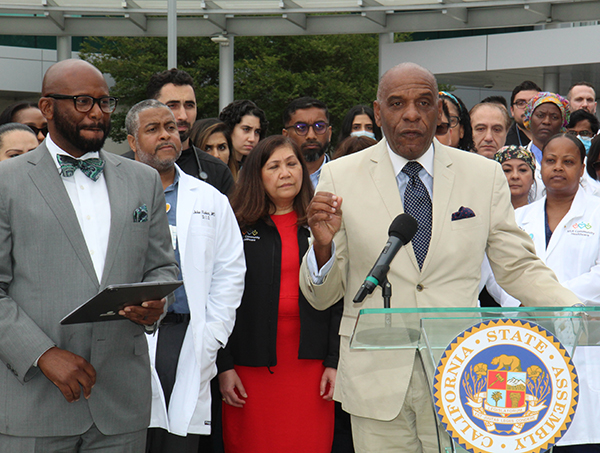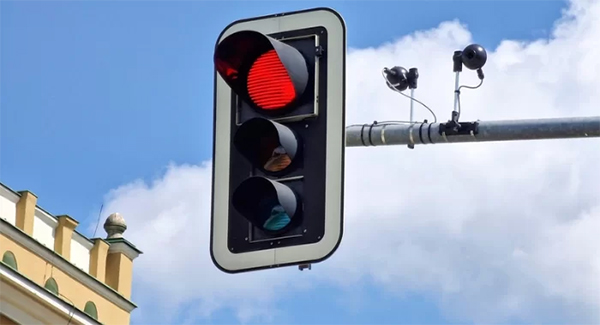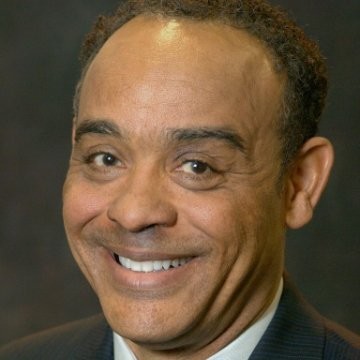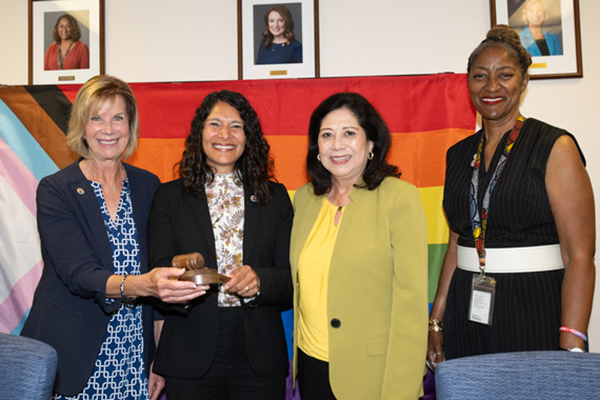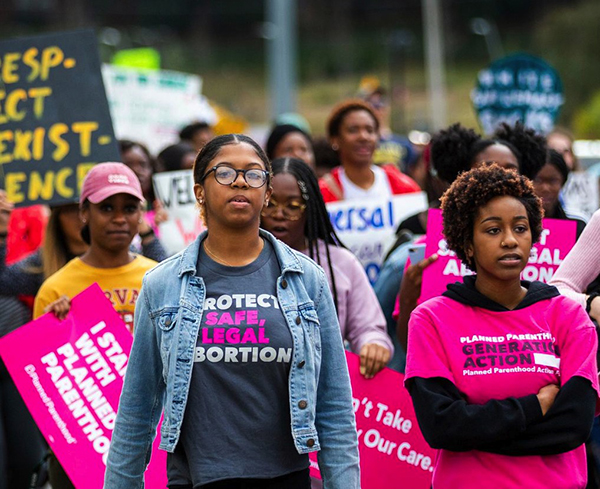By Earl Ofari Hutchinson
Contributing Columnist
“Donald Trump owns the suffering and chaos happening right now, including in Arizona, because he proudly overturned Roe — something he called ‘an incredible thing’ and ‘pretty amazing’ just today.”
That was President Joe Biden’s campaign spokesman Michael Tyler talking. He took this fulsome shot at Trump following the decision in March by the Arizona Supreme Court to virtually ban all abortions in the state.
This is the first of a two-part series examining the titanic decades-long battle over abortion. It is an excerpt from Earl Ofari Hutchinson’s forthcoming book, “The Abortion Wars” (Middle Passage Press).
He was not far off in his blast against Trump. Every chance he gets on the campaign trail, Trump boasts that he is the prime reason why the U.S. Supreme Court finally dumped Roe v. Wade in 2022. He had the right to brag.
His appointment of three ultra-conservative jurists to the high court decisively tipped the balance of the court to the far right. That made it possible to scuttle Roe v. Wade.
Tyler also was correct when he further raged, “Trump lies constantly — about everything — but has one track record: banning abortion every chance he gets.”
However, while Trump did play an outside role with his court appointments in eliminating Roe v. Wade, he was only one of many players in the anti-Roe battle, a battle that began decades before Trump ever emerged as a political force.
The fight against Roe v. Wade began virtually the instant the then-liberal to moderate court encoded the right to abortion in law in 1973. In the initial filing, Roe was a pseudonym. The plaintiff was simply identified as “Jane Roe.” Her real name was Norma McCorvey.
McCorvey started the ball rolling in March 1970 when she filed suit in Dallas, to end her pregnancy by abortion. Texas law barred abortion and made it a criminal offense. McCorvey contended that was an unconstitutional violation of the right to privacy that was protected under the First, Fourth, Fifth, Ninth, and 14th amendments to the U.S. Constitution.
The case then started its torturous climb through the courts with multiple state defenses and appeals. In January 1973, it finally wound up in front of the Supreme Court. The court ruled 7-2 for Roe. Thus, the right to an abortion for the first time in America became a reality.
Abortion rights advocates, multiple women’s groups and liberal Democrats were jubilant. However, there was also the sobering realization that the court’s decision was not the end but the beginning of what would become one of the nation’s longest and most bitter battles.
In January 1974, thousands of pro-life groups gathered for what they called the first March for Life. They made clear they wanted Roe overturned and that they would not stop until it was.
Two years later, in September 1976, they scored their first victory with the passage in the House of the Hyde amendment that prohibited federal monies for abortion.
During the next decade, anti-abortion activists shifted their focus to state legislatures. They mounted highly publicized, intense campaigns for states to step in and tighten the screws on abortion access.
Missouri was the first in the door in 1986. It spelled out the state’s position on abortion. It declared “the life of each human being begins at conception,” and that “unborn children have protectable interests in life, health and well-being.” It barred any use of public facilities to “perform or assist abortions not necessary to save the mother’s life.”
Two years later, the federal government reentered the picture. It again reiterated that public monies or any other public supportive action must not “encourage, promote or advocate abortion as a method of family planning.”
In the next five years, anti-abortion groups and activists and countless Republican lawmakers joined several states in pecking away at abortion rights. A slew of new laws were passed requiring such things as waiting periods, consent of the husband, counseling, tough reporting requirements for family planning clinics and parental consent for minors,
In 1992, the Supreme Court stepped back into the picture. It upheld Roe and at the same time, it upheld the “undue burden” standard. That supposedly prevented a state from enacting regulations that imposed an undue burden on a woman’s right to an abortion before fetal viability.
It did not deter the anti-abortion forces. Each year their March for Life rallies grew bigger, more vocal and more charged. The aim was always to get Congress to sidestep Roe and either outright ban or impose tougher restrictions on abortion.
In June 2022, the Supreme Court conservative majority justices finally struck down Roe v. Wade. Though the court seemed to finally slam the door on Roe, it did not close the door on the issue.
Women’s groups, Democrats and pro-abortion advocates vowed to lobby state legislatures, the courts, the media and every judicial and legislative venue to end the court decision. The aim was to ensure that the clock would not be permanently rolled back and that the right and access to abortion was preserved at all costs.
They were determined the Supreme Court would not have the final word on the issue. They were even more determined to turn up the heat on elected officials. The message: the fight didn’t end. It had just begun — again.
Earl Ofari Hutchinson is an author and political analyst. His latest book is “The Abortion Wars” (Middle Passage Press). He also is the host of the weekly Pacifica Radio Earl Ofari Hutchinson Show.

